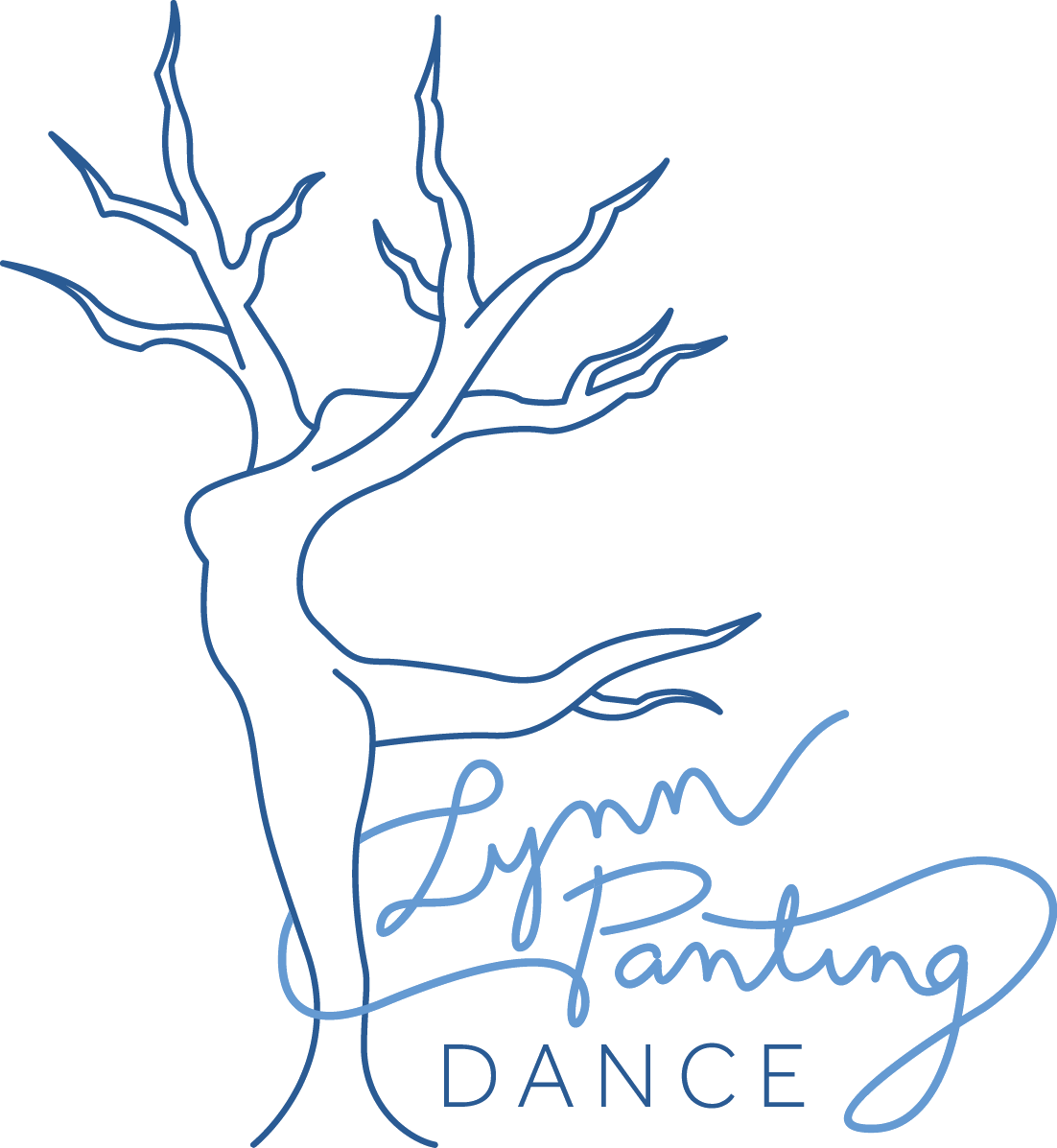How Movement Shapes Storytelling
The Dress, Persistence Theatre, 2021
When we think of storytelling, we often focus on words: the dialogue in a play, the lyrics of a song, or the narration of a film. But storytelling doesn’t live solely in language. Movement — the subtle tilt of a head, the sweep of an arm, or the stillness of a body — carries its own narrative weight. In dance, theatre, and film, physicality is a powerful tool that deepens emotional resonance, reveals character, and creates unforgettable moments.
Movement as an Emotional Catalyst
Think of a dance performance where the movement itself conveys longing, joy, or despair. Without a single word, the story unfolds as the performers' bodies create shapes that echo the audience’s emotions. In theatre and film, physical gestures amplify the spoken word, grounding the story in an embodied reality. A trembling hand can betray a character’s fear, while a confident stride signals determination.
These moments of physical expression resonate because they connect to something primal in us — a shared understanding of how bodies communicate. Long before we spoke in words, we spoke in movement, and this universal language remains integral to storytelling.
Revealing Character Through Movement
The way a character moves says as much about them as their dialogue or costume. Is their posture rigid, signalling tension or formality? Do they glide with ease, suggesting confidence?
Movement directors collaborate with actors to shape these physical identities. Each gesture helps to paint a fuller picture of who the character is and how they navigate their world.
Dance, too, has long been a medium for storytelling, where physicality replaces dialogue entirely. A duet might tell the story of a love affair, the push-and-pull of the choreography echoing the complexities of the relationship. Solos often serve as monologues, revealing inner turmoil or transformation through motion.
Enhancing Narrative Structure
Movement doesn’t just support storytelling — it can define it. In film, the camera often focuses on the smallest physical details: a tear rolling down a cheek or the twitch of a finger. These choices anchor the audience in the moment, heightening tension or providing relief. In theatre, transitions can be wordless but filled with meaning, where actors' movements between scenes become part of the narrative fabric.
In dance, the structure of a piece is often entirely reliant on physicality. Movements ebb and flow like a symphony, creating a rhythm that mirrors the peaks and valleys of a story. Whether abstract or literal, dance uses the body to lead audiences on an emotional and narrative journey.
Movement in Ensemble Storytelling
One of the most striking ways movement shapes storytelling is through ensemble work. In both theatre and dance, groups of performers moving together or in contrast can create a visual representation of relationships, societal structures, or collective emotions. A chaotic, overlapping group scene can portray conflict or confusion, while synchronized movement might evoke unity or shared purpose.
The Power of Stillness
Sometimes, the absence of movement is the most powerful choice. A dancer pausing mid-routine draws the audience’s focus, creating a moment of tension or reflection. On stage or screen, a character’s stillness amidst chaos can speak volumes, underscoring their internal state or making a subtle but impactful statement.
The Intersection of Disciplines
What makes movement so versatile is its ability to transcend disciplines. A theatrical monologue gains depth when paired with purposeful gestures. A film scene becomes iconic when movement fills the frame with meaning — think Gene Kelly dancing in the rain. Dance combines movement and music to evoke emotions beyond what words alone can achieve.
By blending these elements, creators harness the full potential of movement to shape and enhance storytelling. Movement is more than an accessory to storytelling — it is its own language, capable of conveying what words cannot.

